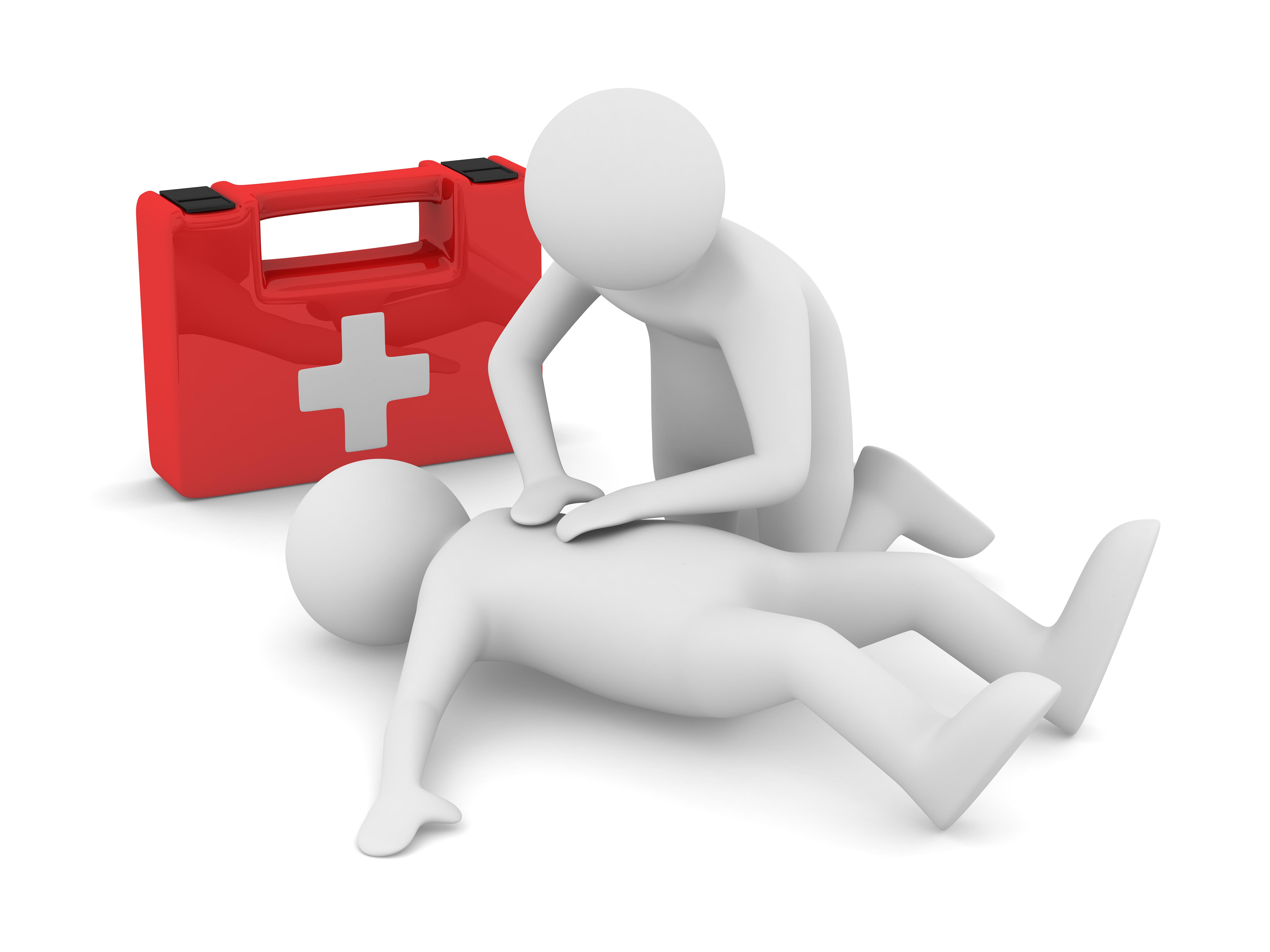Cardiopulmonary Resuscitation

CPR focuses on resuscitating the body’s important organs following a cardiac event.
At Family Medical Practice, we follow American Heart Association (AHA) protocols based on International Liaison Committee on Resuscitation (ILCOR) guidelines. Updates to these protocols are issued every five years following advances in understanding and practice—the 2010 guidelines were replaced in 2015.
The AHA recommends following a protocol called Chain of Survival that describes the critical activities necessary to successfully revive a patient:
Early EMR Activation
Recognize the cardiac emergency as soon as possible and call rescue personnel (our emergency medical response hotline is ∗9999).
Early CPR
Assess patient and support airways, breathing and circulation.
Early Defibrillation
The delivery of a shock to the heart to restore a normal heart rhythm.
Early Advanced Care
Summon highly-trained and well-equipped emergency personnel who can respond to the patient and administer medication (as well as perform other interventions and protocols) as soon as they arrive, and continue these lifesaving procedures while in the ambulance during transport to an advanced medical facility.
For the best chance of patient survival, CPR and early defibrillation must be provided within the first three to four minutes of the cardiac arrest followed by advanced life support within the first eight minutes. Sadly, only 30% of victims who receive CPR survive the incident.
Sudden cardiac arrest can occur at any time and without warning. Many occur in the home, with elderly people particularly at risk. Many have no history of heart trouble.
Immediate CPR gives a victim a real chance at survival. It prolongs the heart’s activity while emergency responders are on their way. A bystander attempting to perform CPR only needs to concern themselves with prolonging life in the initial stages of the emergency and is thus key to survival.
Early signs of a heart attack include a prolonged compressing pain or discomfort; sweating; clutching the chest; nausea; and shortness of breath. Early signs of respiratory failure include choking, clutching the neck, bluish lips and skin.
Even a bystander who has never performed CPR before can successfully provide lifesaving assistance to a patient. The key is to call for emergency support as soon as possible. Learning the following procedures and watching demonstrative videos (e.g. on YouTube) can prepare you to be the difference between life and death.
Make sure the surrounding area is safe to perform CPR.
Face victim upward on a firm, flat surface.
Assess responsiveness. Tap the shoulders—the safe part of the body to inflict pain.
Check the carotid pulse (in the two main arteries of the neck) by putting two fingers to the throat. Check breathing at the same time by watching for the rise and fall of the chest. Take less than
seconds to do this.
Activate EMR—call for help (∗9999).
Perform high-quality CPR, ideally following phone instructions. Even if you are in doubt about the emergency, still perform CPR.
Put the heel of your dominant hand on the sternum.
Push downward 5–6 cm hard and fast. Compress at a rate of 100-120 bpm. Allow chest to recoil between pumps.
Note: Your goal is to allow the blood to circulate through the whole body. In performing CPR, you become the heart of that person. Don’t stop, except when administering a shock.
After 30 compressions, apply ventilation by breathing into the person’s mouth. Be careful to avoid hyperventilation (overinflating the lungs, which can cause serious damage). If you notice an obstruction in the throat and it can be easily removed, remove it. Never “blind swipe” by trying to slip an object out of the throat that you can’t see clearly—you could lodge it farther down. Tilt the head, lift the chin, and pinch the nose. Make a proper seal with your mouth. Watch the chest—it must rise and fall. Do not prolong ventilation—it’s just a breath.
Perform five CPR cycles (30 compressions to two respirations) within two minutes. This is the ideal rate.
After five CPR cycles, check breathing and pulse again.
If there is a pulse but no breathing, do not continue compressions. Only continue with ventilation every five–six seconds. There should be 20 breaths in two minutes. You can never have breathing without a pulse.
Another protocol to keep in mind is called PAMA:
Push hard and fast
Allow chest to spring back up
Minimize interruptions
Avoid hyperventilation
Children usually only need CPR following drowning or choking situations as it is rare for a child to suffer a cardiac arrest. With a child, performing CPR is the first step, unless you witness a cardiac arrest.
Follow the procedure for CPR with the following special pointers:
Follow the 30/2 compression/breath ratio, unless there are two rescuers, in which case use a 15/2 ratio.
The depth of chest compression should be 1–1½ inches (or 4 cm).
On a very small child, use one hand for chest compressions.
Tickle the sole of the foot to assess responsiveness. Check the pulse on the upper arm. Remember to check pulse and breathing simultaneously.
For babies, locate the nipple line with the middle finger. Compress with the middle finger and ring finger. Do not over-extend the head, tilt it just slightly.
Your mouth should cover the nose and mouth. Ventilate only with air from your swollen cheeks, do not ventilate with air from your lungs.
 We use cookies on this website to enhance your user experience
We use cookies on this website to enhance your user experience